Modern Spatial Compositions
The architect Mies van der Rohe as a visual artist
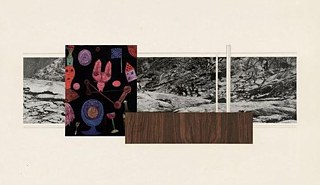
“I never create an image when I want to build a house.“ Thus Mies van der Rohe stated during interview with the Bauwelt magazine in 1964. He did, however, produce a wealth of collages and montages. These spatial compositions are some of the most interesting and most beautiful works of Modernism.
By Jan Frohburg
Ludwig Mies van der Rohe (1886–1969) is one of Modernism's great architects. In his hometown of Aachen Mies was appreciated to the basic principles of building crafts. It was in Berlin that the young architect learned about the “great form“ when working with Peter Behrens. Once the bourgeois, craft-centred society of the German Kaiserreich collapsed after the First World War production in architecture and the visual arts changed fundamentally. Experiment and optimism inspired innovative designs. The free-flowing spaces in Mies van der Rohe’s Barcelona Pavillon expressed openness as the new paradigm of the Weimar Republic, but also a desire for order and measure.
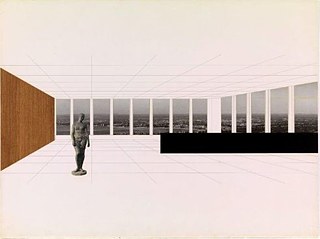
Uncertainty of space and time
The collages and montages display a juxtaposition and coexistence of continuity and new beginnings. Mies van der Rohe took inspiration from the imaginative collages of avant-garde artists. Advertising and contemporary experiments with film portrayed the modern metropolis as a place of constant movement. In 1922 Mies van der Rohe created provocative and dazzling photomontages of his proposed high-rise building on Friedrichstrasse in Berlin. They are like film stills, frozen in time, and relay a dynamic image of the city and of society as a whole. Once Mies emigrated to America these illustrations of urban space gave way to depictions of interior spaces. These large format perspectives draw the spectator right into the image. Reproductions of artworks can be seen in many of Mies van der Rohe’s collages. Figurative sculptures by Aristide Maillol and Wilhelm Lehmbruck are positioned freely in open space.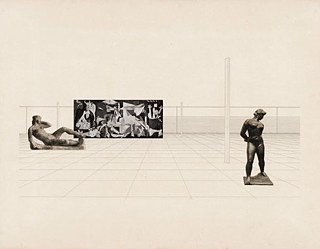
Innovative and enigmatic
When observing the collages and montages in detail and close up, we can identify a distinct interplay. On the one hand, a modern future is being announced with exacting technical precision, while on the other hand, traces of artisanal craftsmanship remain clearly visible in the picture. Every now and again carefully cut out pieces of veneer are incorporated in very precise line drawings.
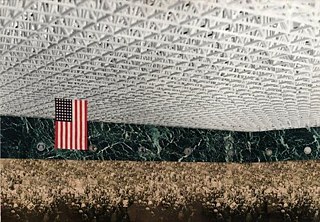
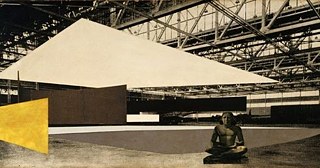
Mies van der Rohe’s spatial compositions blend the practical approach of the designing architect and the sensitivity of a visual artist. The creative technique of montage accompanied the architect throughout his life. In his collages the part and the whole are precisely harmonised with one another. In the same way, the structure of an entire building is expressed in its details. Beyond serving a purely useful purpose, these collages and montages by Mies van der Rohe are works of art in their own right. They are still considered innovative and enigmatic today. The modern spatial images by Mies van der Rohe were avant-garde long before his buildings broke new ground in a similar way in the realms of architecture.
To accompany the exhibition “Mies van der Rohe: Collagen aus dem Museum of Modern Art, New York“ in the Ludwig Forum in Aachen and in the Museum Georg Schäfer in Schweinfurt, from 26 February until 28 May 2017, there is an abundantly illustrated catalogue with excellent commentary: MIES VAN DER ROHE: MONTAGE. COLLAGE, Aachen, Ludwig Forum. Andreas Beitin, Wolf Eiermann & Brigitte Franzen (Hg.). Aachen/Schweinfurt 2016/17.